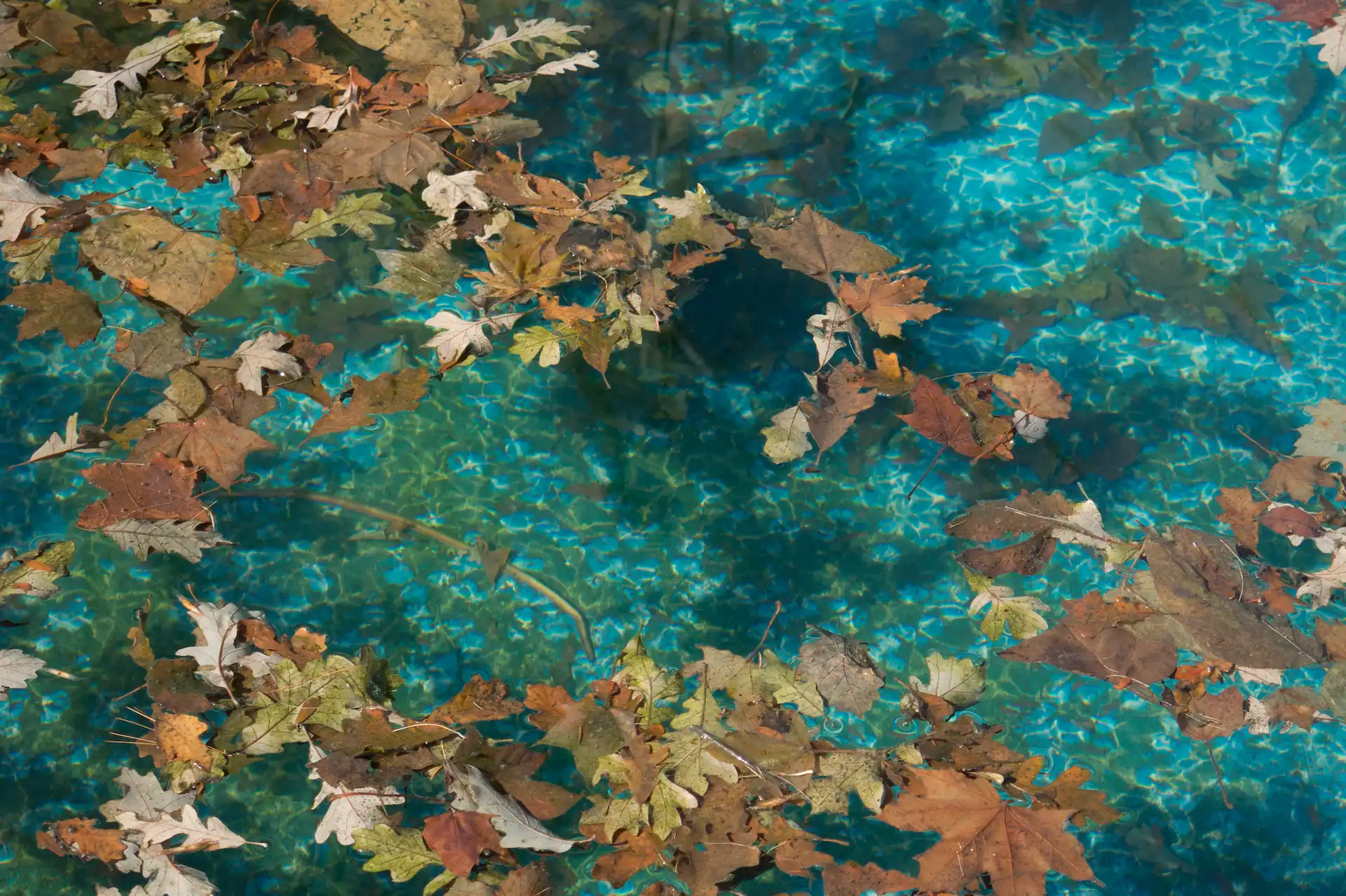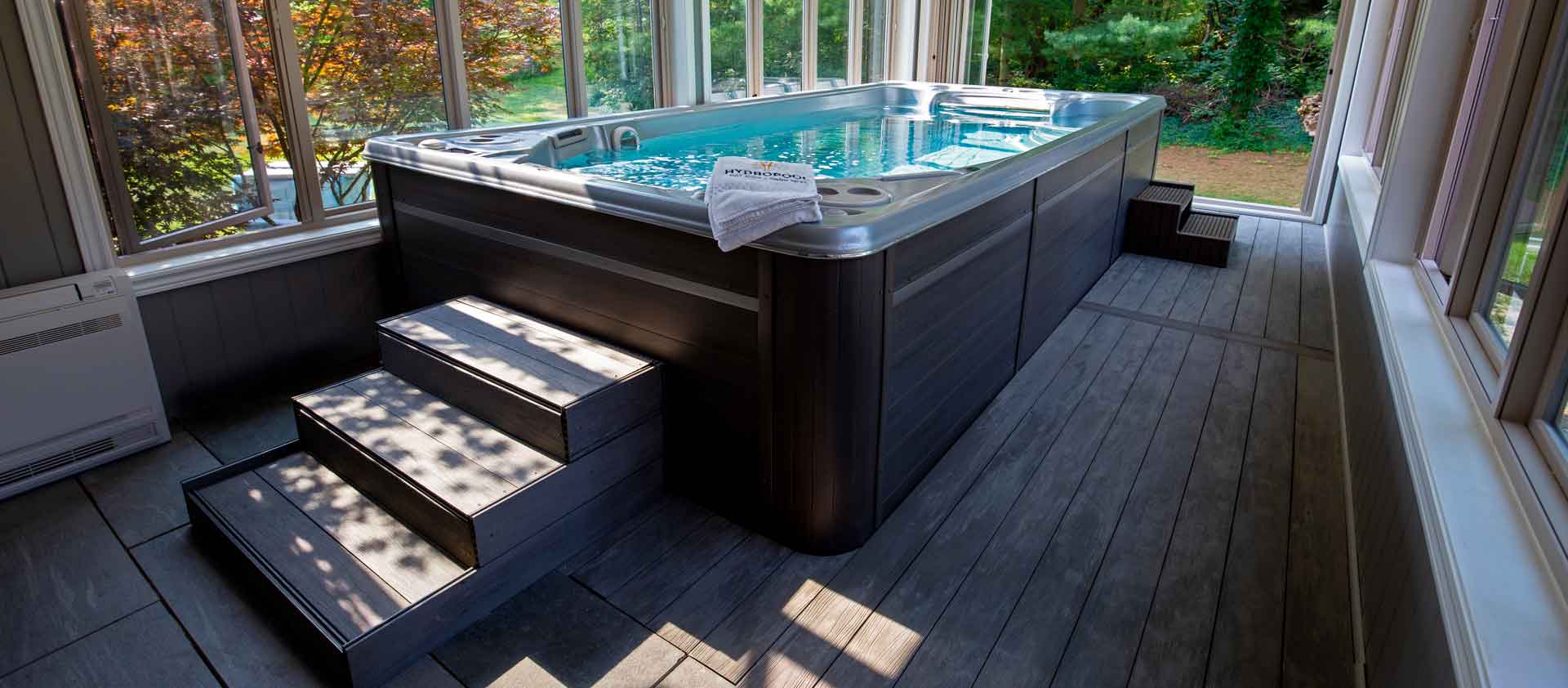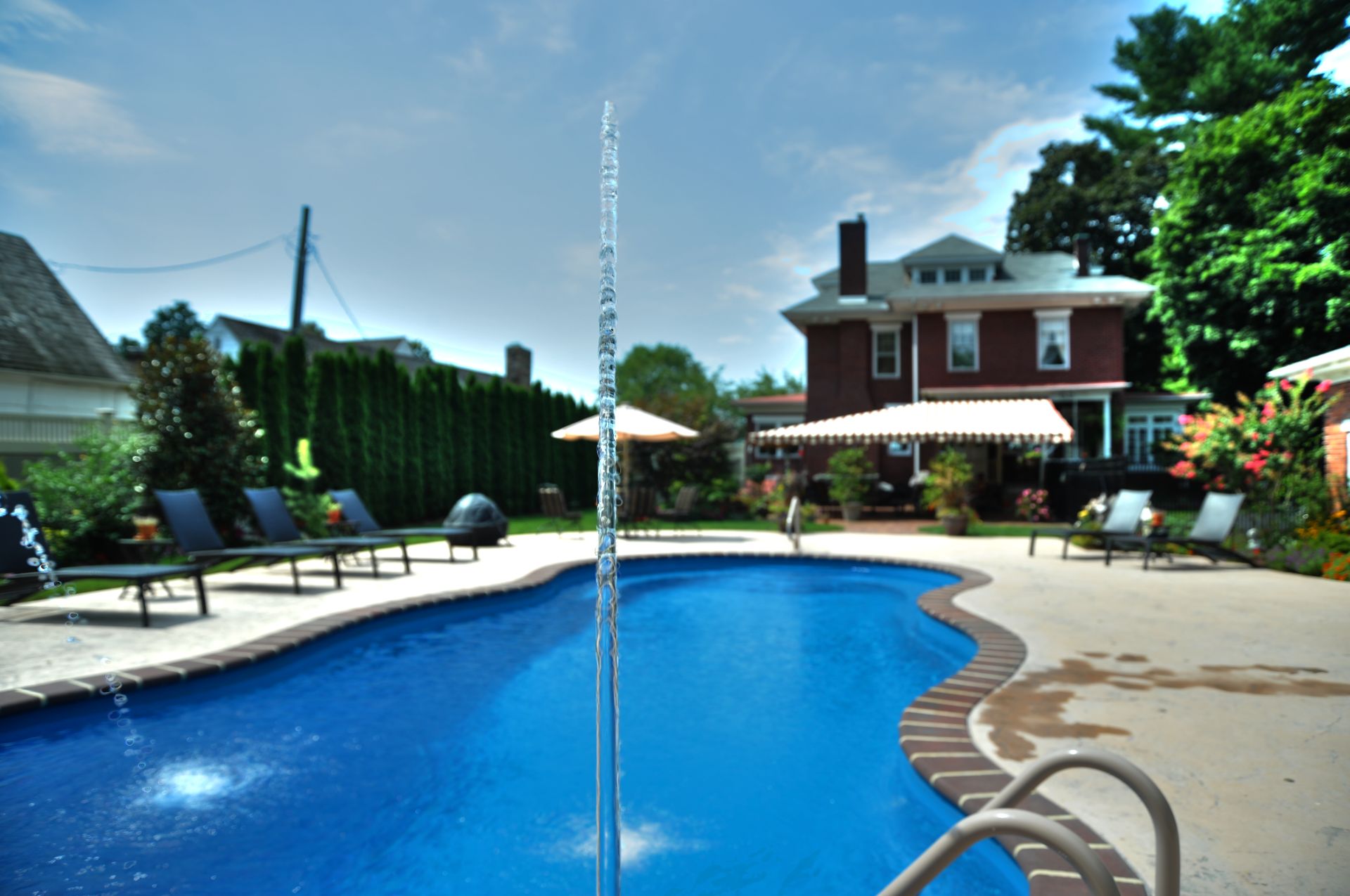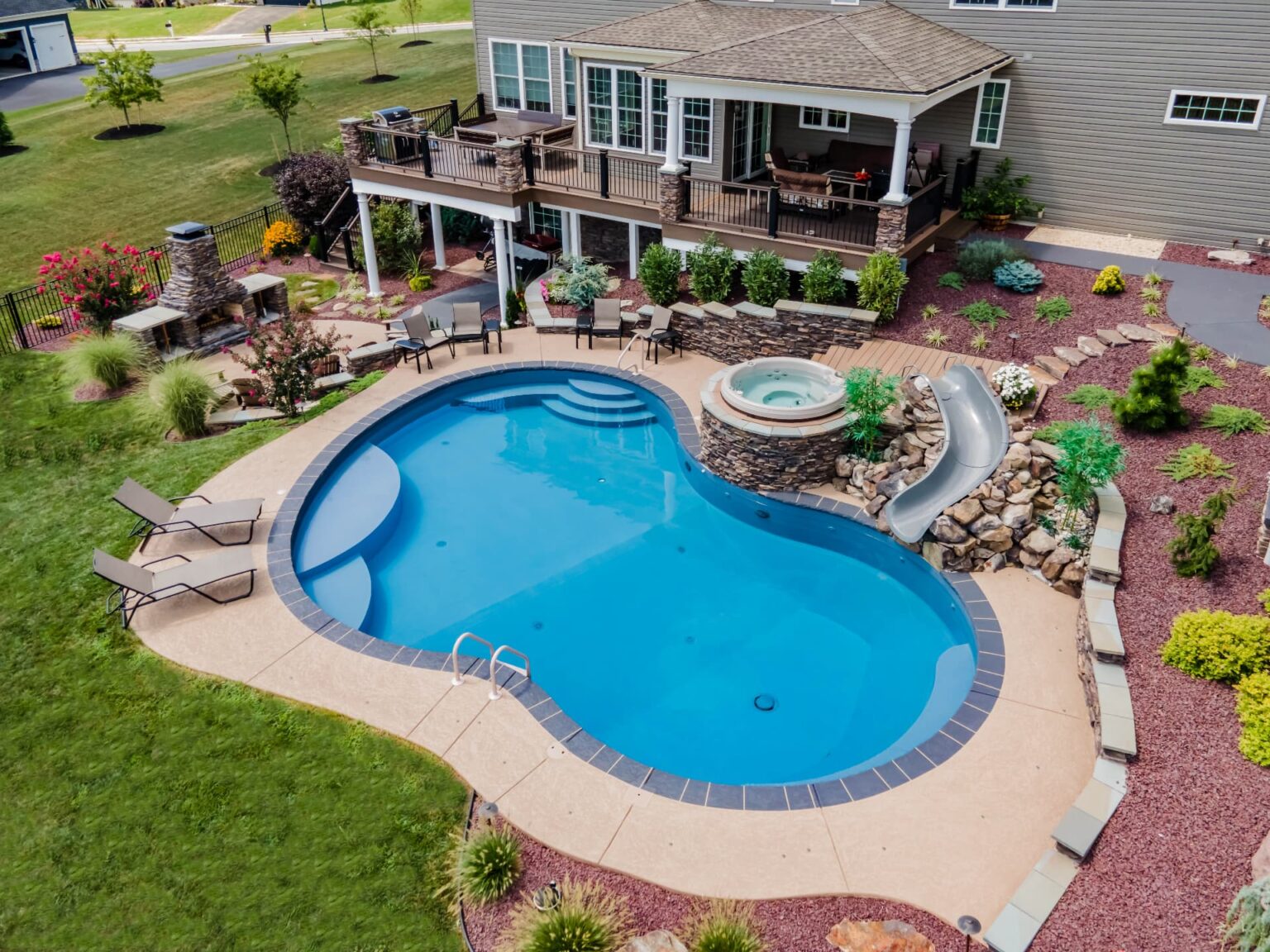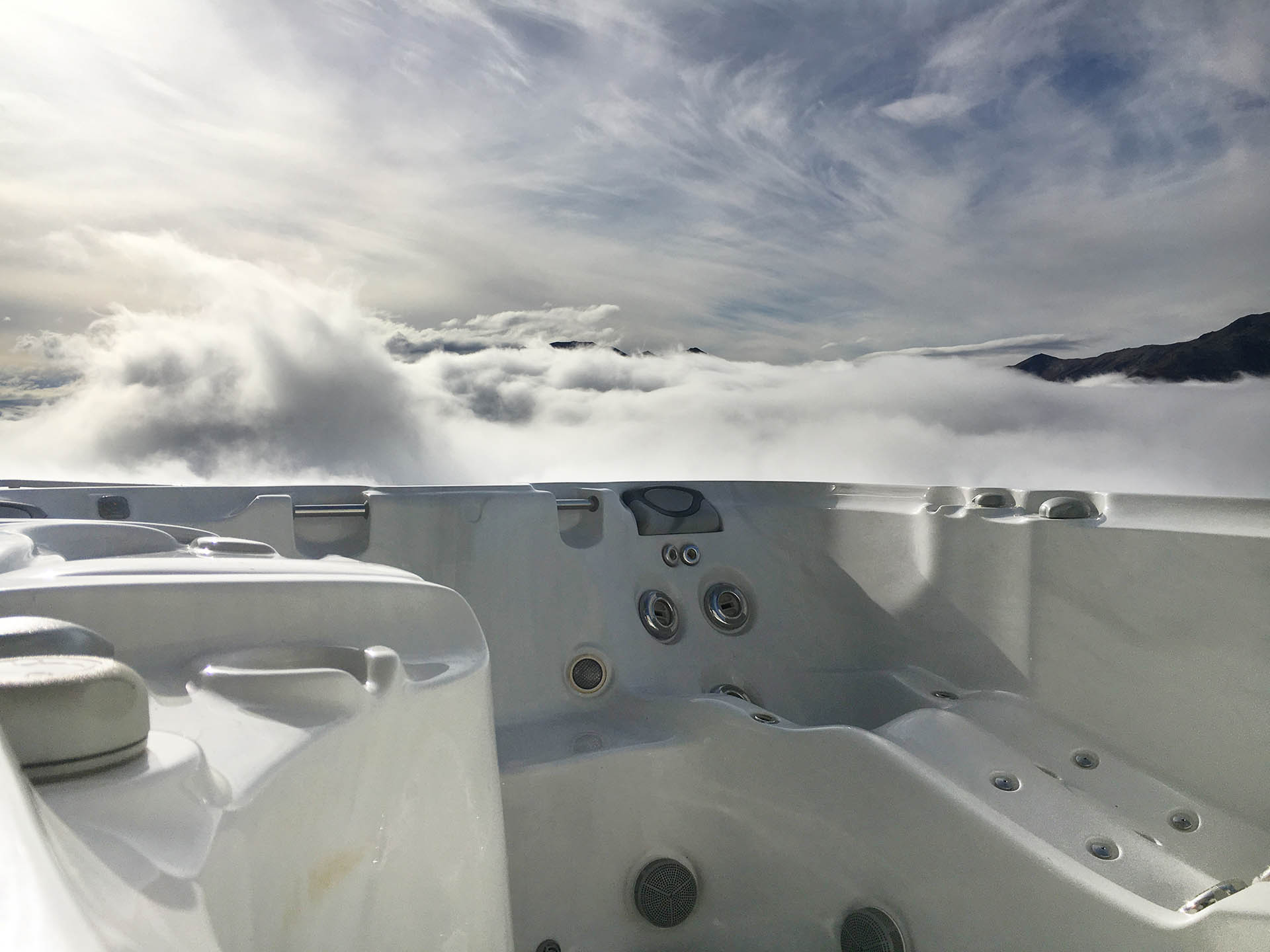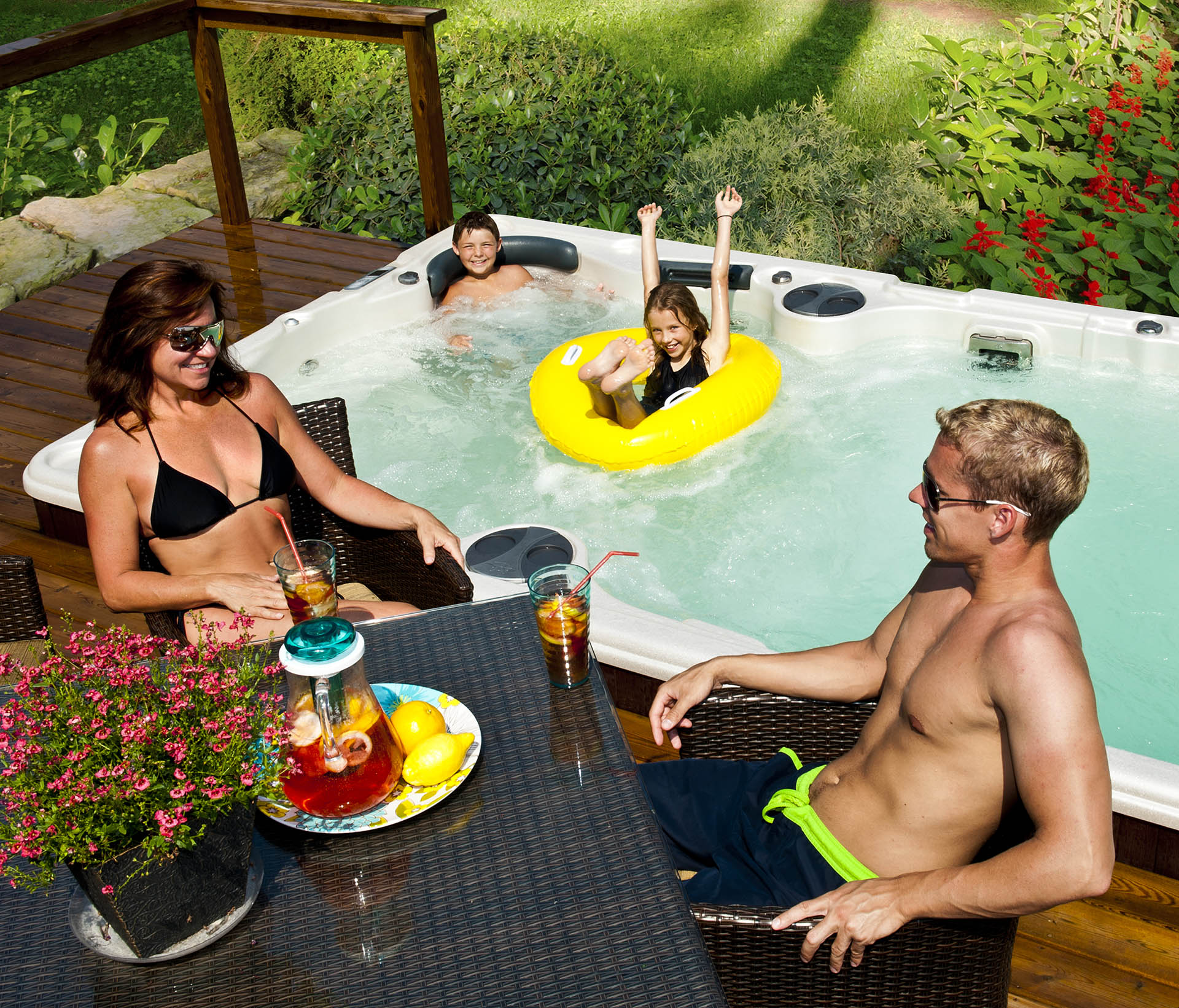Before you know it, it will be the back-to-school season. Around that time, this thought will likely creep into your head: “When is the best time for a pool closing in Pennsylvania?”
For as much as we would love pools to be a feature you can use all year long, Mother Nature in the Keystone State has other ideas. So show your pool the gratitude it deserves by preparing it for a long, protected hibernation.
Starting in August (or even earlier), you want to plan ahead for your pool closing. In order to time it properly, we recommend you follow these three steps:
- Look at your weather forecast.
- Look at the calendar.
- Call the pool closing experts.
Step 1: Look at the weather forecast.
In a way, closing your pool is like cooking. It needs to be done under the right temperature conditions for just the right amount of time. If you close your pool too soon, the chemicals won’t last until spring. That means you’re likely to see algae growth and bacteria under that cover when you open the pool again. If you wait too long to close the pool, you risk water freezing in the plumbing. This could result in burst pipes, damaged machinery, and, thus, costly repairs.
The ideal time to close your pool is when the temperatures consistently fall below 65 degrees Fahrenheit. In Pennsylvania, this typically occurs sometime between September and October. Remember, summer doesn’t officially end until the third week of September. So you may still see some swimmable temperatures that month.
That being said, stay reasonable. Are your swim times shortening? Are your teeth chattering more than usual when you leave the water? If the answer to these questions is “yes,” get that pool closing kit ready.
Step 2: Look at your calendar.
Again, the September to October changeover is your typical target date for a pool closing. If you’re still unsure as to when exactly to close, don’t worry. Your calendar will give you some hints.
Around that time of year, you see more activities that keep your household away from the pool. School and extracurricular activities are the most significant. Also, you’re probably spending a good part of your Sundays watching The Steelers and The Eagles play ball. Taking a dip in the pool isn’t as much of a priority anymore. That’s when it’s time to close up shop.
You’ll get a number of cues from your shopping list as well. Flannel, boots, cider, cinnamon spice-scented candles. These are comforts for chilly autumn weather. Meanwhile, floaties, sunscreen, and popsicles become less relevant.
And let’s not forget about the other stuff that’s making its way to your backyard around this time: leaves. Once the foliage turns, it will soon fall into your yard and your pool. So as you head out for those school drop-offs, remember to cover your pool first (even if it’s with just a solar cover). This will help keep fallen leaves from backing up your filtration system.
Step 3: Call the pool closing experts.
Goodall Pools & Spas has been helping pool owners winterize and close their pools for nearly 60 years. From chemicals to equipment to the expertise of our service team, we have everything you need to prepare your pool for winter.
We recommend testing the water three to five days before closing. This is the most important water test of the year because it indicates just how much of each chemical is needed to last the winter. Then, the chemicals from one of our Arctic Blue® winter kits (i.e., winter shock, algaecide, BioGuard® Pool Closing Complete) goes into the water in the appropriate amounts.
Do you want to close your pool in the quickest, most efficient way? Contact us today and ask about our pool closing services. We can help you with everything from balancing the water to placing the winter cover. You’ll see the Goodall difference when you open your pool again!

